
Serious mountaineers tend not to be novel-writers. Perhaps all that sitting around in front of a screen leaves them a bit unfit. Then again, the fact that Hamish is going through a bad patch in his marriage, Sioned's struggling to overcome what happened when she was nine years old – those don't seem that important when the question's how do we get down off this rock face before the blizzard hits.
Still, there are some stories that are actually about mountains – rather than just having an exciting rock climb in the final chapter so the villain can suddenly fall from a great height. On my bookshelf I've found six of them, plus one play.
Running Water by AEW Mason (1906)
Tagline: to know yourself, you must know the East Face of Mont Blanc
This late-Victorian thriller is somewhat in the style of Wilkie Collins, but with less psychological insight and a lot more rock-and-ice action. Sylvia Thesinger abandons her shallowminded, overbearing mother to seek out the father she's never met. But Daddy turns out to be a scheming trickster, quickly involving Sylvia in an evil plot involving advanced ice climbing on Mont Blanc.
AEW Mason was a climber, explorer, actor, spy, and MP for the Liberal Party. He was friendly with Oscar Wilde and never married, so we're at liberty to assume he was gay if we want to. And he does know his way about on the Brenva Face of Mont Blanc.
Climbs: Aiguille d'Argentière; Brenva Spur (Mont Blanc)
First on the Rope (Premier de Cordée) by Roger Frison-Roche (1941)
Tagline: the Petit Dru was bigger than any of them
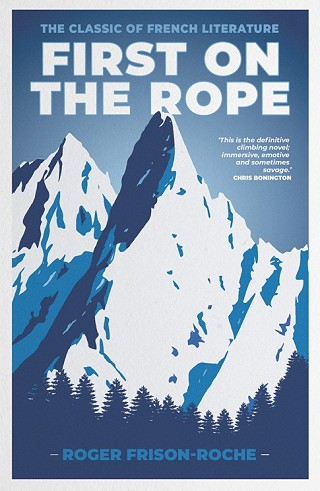
With its themes of personal honour, courage, and how butch you need to be to be a bloke, this is the Alpine equivalent of a Western – a genre that could maybe be labelled as the 'Upwards'. Men are men, mountains are mountains, and women wait around for the former at the bottom of the latter, while looking particularly fetching in blue gaberdine ski breeches and sparkling white stockings.
This is the one book I know in this 'Upwards' genre: but at the Diavolezza Hut below Piz Palü I watched a movie in the genre (a villain sabotages the village water supply, carried in wooden pipes across a nice bit of Grade V rockface) – so perhaps there are shelves of this stuff in French and German awaiting translation.
An over-domineering client had refused to turn back in the blizzard, and caused the death by lightning of Pierre Servettaz's father. Now it was Pierre's turn to face up to the mountain.
Frison-Roche was himself a Chamonix guide, and later a desert and Arctic explorer. The translator, Janet Adam Smith, was a fine writer in her own right and climbed in the Alps in the 1930s, the period when the book is set.
Climbs: The Petit Dru; Le Brévent (rock peak 2525m); Aiguillette d'Argentière; Aiguille Verte, Couturier couloir
One Green Bottle by Elizabeth Coxhead (1951)
Tagline: Men wanted her body. But she wanted Clogwyn Du'r Arddu
In a book which shocked the then Bishop of Chester, working class girl Cathy Canning trades her virginity for a pair of hand-made nailed boots and hits the classic V Diffs of Snowdonia. A 'kitchen-sink' drama from the 1950s which transports itself from the Liverpool slums to Cwm Idwal, and back. Great climbs, a sweet love story, but an ending very much of its time that's annoying to today's 'personal fulfilment' generation.
Climbs: Idwal Slabs (Ordinary Route); Tryfan (Gashed Crag); Amphitheatre Buttress; Clogwyn Du'r Arddu; Chasm Route (Glyder Fach)
The Ascent of Rum Doodle by WE Bowman (1956)
Tagline: they went high. But did they go high enough?
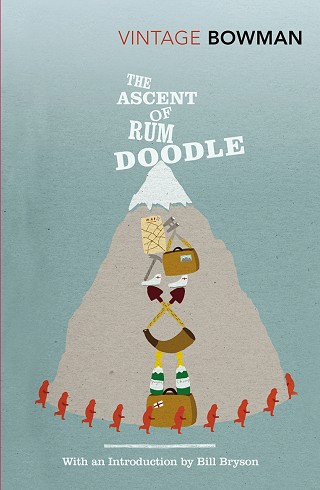
This book is a straightforward, and funny, parody of the more solemn sort of expedition journal. "To climb Mont Blanc by the Grépon route is one thing; to climb Rum Doodle is quite another." The leading Himalayan climbers were trying to work out which of them had written the thing. The actual author was a civil engineer from Guildford and Lake District fellwalker. He'd got it all from reading the expedition stories of Tilman and Maurice Herzog's 'Annapurna', the latter as translated from the French by Janet Adam Smith (see 'First on the Rope' above).
The real-world Rumdoodle Peak (875m) lies in Antarctica's North Masson Range, above the frozen Rumdoodle and Lassitude tarns. It was named by an Australian survey team in honour of the book.
Climb: Rum Doodle (40,000.5ft or 12,192.2m), Yogistan
Far Far the Mountain Peak by John Masters (1957)
Tagline: he'd get to the top or die trying. And so would several other chaps
Proper mountain novels span a surprising range of genres – romance, 'French Western', kitchen-sink, comedy, satire. But above all, hills fit well into large-scale Edwardian tomes along the lines of Thomas Hardy. And despite being published six years after 'One Green Bottle', 'Far Far' is a Thomas Hardy tome.
Edwardian characters need to dominate, confront and conquer: mountains are very good for all those things. Edwardian novels feature weather, to reflect the characters' turbulent emotional states: mountains have plenty of weather. In a world where relationships are tense and unstated, it helps to be able to tie people together on lengths of hempen rope. And in a world of no sex – well, we all know the ice-ridge on the Old Brenva is better than sex.
Peter Savage liked cricket. But when he witnessed the ascent of Kings College Chapel, on that May Ball night at Cambridge, he realised that climbing was the only proper sport.
Emily Fenton did not like Peter Savage. Self-willed and domineering, Savage wasn't a gentleman. Even worse, he didn't have the right attitude to climbing. But when they climbed the Zmutt Ridge of the Matterhorn, her life changed for ever.
It's an Edwardian novel, so the characters battle with each other as much as with Meru the fictitious 8000m peak – whose ascent, weirdly, anticipates the north-east ridge of Everest, the one which killed Pete Boardman and Joe Tasker.
Climbs: King's College Chapel (Cambridge); Cader Brith (fictitious) Wales; Matterhorn, Zmutt Ridge; Meru (fictitious 8000-er) Himalaya
The Eiger Sanction by 'Trevanian' (1973)
Tagline: one of them was a Russian spy. But would any of them climb the Eiger?
Tagline (movie): let's have Dougal Haston as the safety officer!
A pretty silly spy thriller from the early 1970s, later filmed with Clint Eastwood as director and star. Obnoxious sexist and art professor Jonathan Hemlock is secretly a government-sponsored assassin. His target, a Foreign Baddie, is known to be taking part in a forthcoming ascent of the Eiger. But which of the climbers can it be? Hemlock must join the expedition and try to spot which of his climbing colleagues is trying – in the most literal sense – to knock him off.
Clint Eastwood's 1975 film, which also features an ascent of Totem Pole in Monument Valley and some bikini-clad lovelies not in the original book, is notable for having been largely shot on the north face itself. And yes, Dougal Haston was the safety officer, with climbing sequences featuring Hamish MacInnes, Martin Boysen and John Cleare as well as Eastwood himself. An account of the shoot is here.
The Eiger Sanction is ranked as far from the worst of Eastwood's films ("It has a plot so unlikely and confused that we can't believe it for much more than 15 seconds at a time, but its action sequences are so absorbing and its mountaintop photography so compelling that we don't care." – Roger Ebert) – and much, much better than 'Pink Cadillac'.
climb: Eiger north face (1938 Heckmair route)
The Ascent of F6 (play) by Christopher Isherwood and WH Auden (1936)
Tagline: never mind the mountain, will he survive the radio show?
This play was well ahead of its time as a satire on big mountain climbing as a form of commercial blood sport. It also explores the idea that 'heroes' who carry out deeds of exploration and daring are in fact weak not strong, driven by their own neurotic personalities. Auden's brother John was a mountaineer, taking part in early explorations near K2; among Auden's friend was mountaineer Janet Adam Smith, translator of 'First on the Rope'. Even so, the play's first scene is notable for misplacing Pillar Rock above Wasdale (it actually looks down on Ennerdale).
The play is seldom if ever performed nowadays. However a song from it, 'Stop All the Clocks' gets recited every time you put on the DVD of 'Four Weddings and a Funeral'. Within the play, the song comes across quite differently. It's an ironic commentary on the state and the media taking ownership of the dead climbers.
Climbs: Pillar Rock (various routes); F6 (fictitious, modelled on K2)
Each of the seven above is in its own way a one-off. You could set a novel of any genre onto the East Face of Tryfan or the North Face of the Eiger (Science-fictional ice climbing? Mountain Rescue Procedural?) We have to wonder, then, why so few do.
When people ask me, why don't you write a novel Ronald, the answer is simple. Publishers and magazine editors are giving me money, sometimes even a three-figure sum, for writing about Bidean nan Bian and Great Gable. And I have just as much creative fun writing stuff about bivvies as I would do dealing with Sioned and her personal problems.
We do, of course, have a great tradition of mountain writing in non-fiction form – some of which (whisper it secretly) may not be quite as non-fictional as it makes out. From Coleridge's fell notebooks through Alfred Mummery on the Matterhorn, Bill Murray in the gullies of Ben Nevis, Boardman and Tasker in the Himalaya; there's no question that mountaineering can make great literature.
But novels? Perhaps the truth is that most of us just can't be bothered.
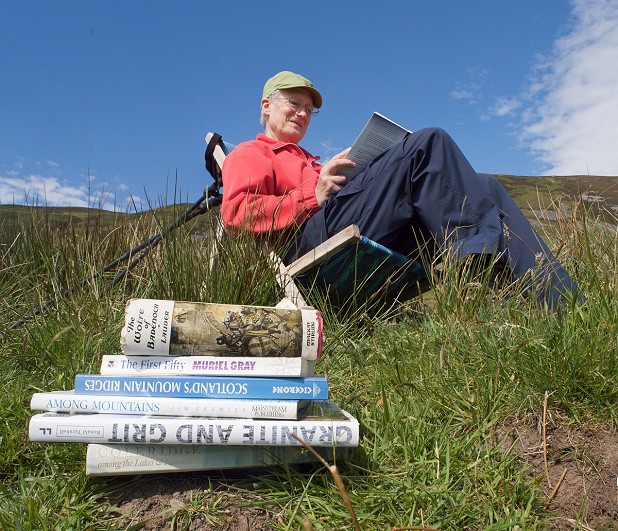
- Mountain Literature Classics: Of Walking in Ice by Werner Herzog 15 Feb
- Mountain Literature Classics: South Col by Wilfrid Noyce 9 Jan
- My Favourite Map: Geology Plus Glaciers 11 Dec, 2023
- Mountain Literature Classics: Free Solo with Alex Honnold 29 Nov, 2023
- Mountain Literature Classics: That Untravelled World by Eric Shipton 3 Aug, 2023
- Mountain Literature Classics: Sir Gawain and the Green Knight 4 May, 2023
- Mountain Literature Classics: Menlove 9 Mar, 2023
- Mini Guide: The Cheviots 27 Feb, 2023
- Mountain Literature Classics: Basho - Narrow Road to the Deep North 12 Jan, 2023
- Mountain Literature Classics: Conquistadors of the Useless by Lionel Terray 17 Nov, 2022

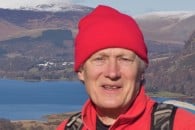


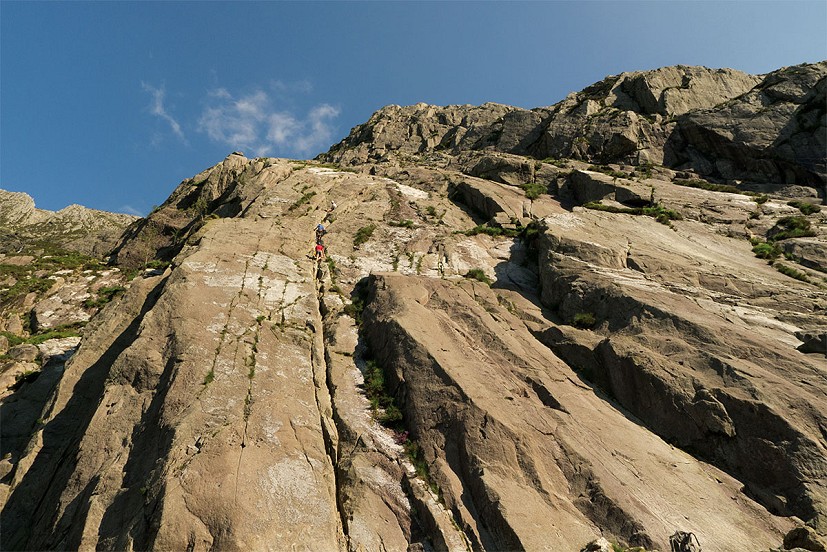
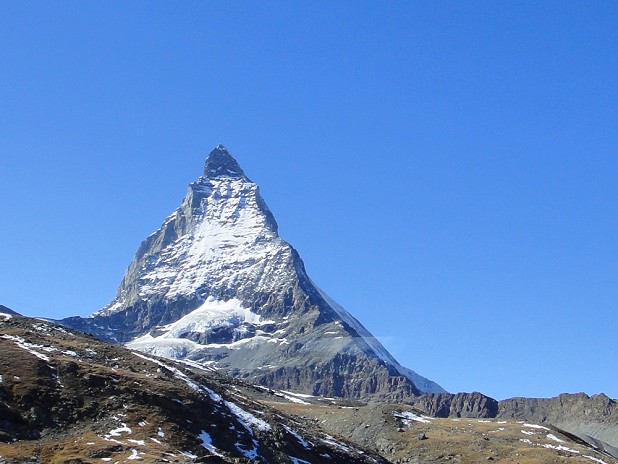
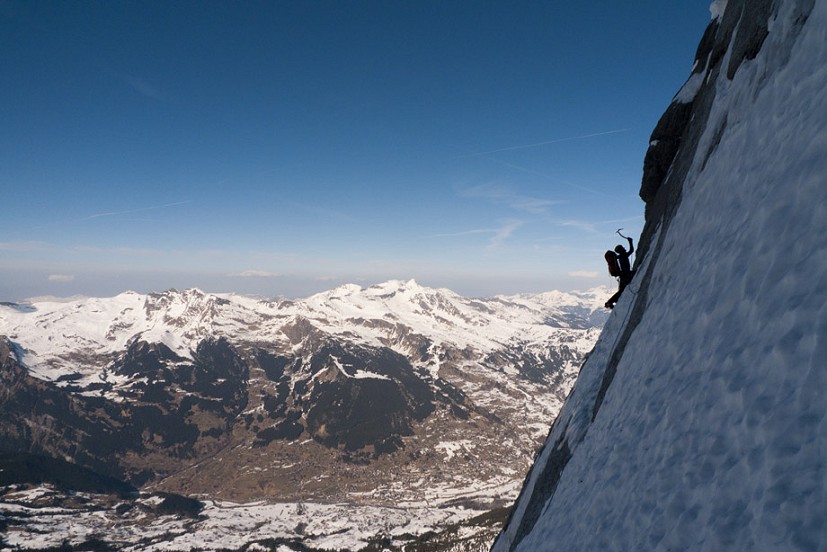
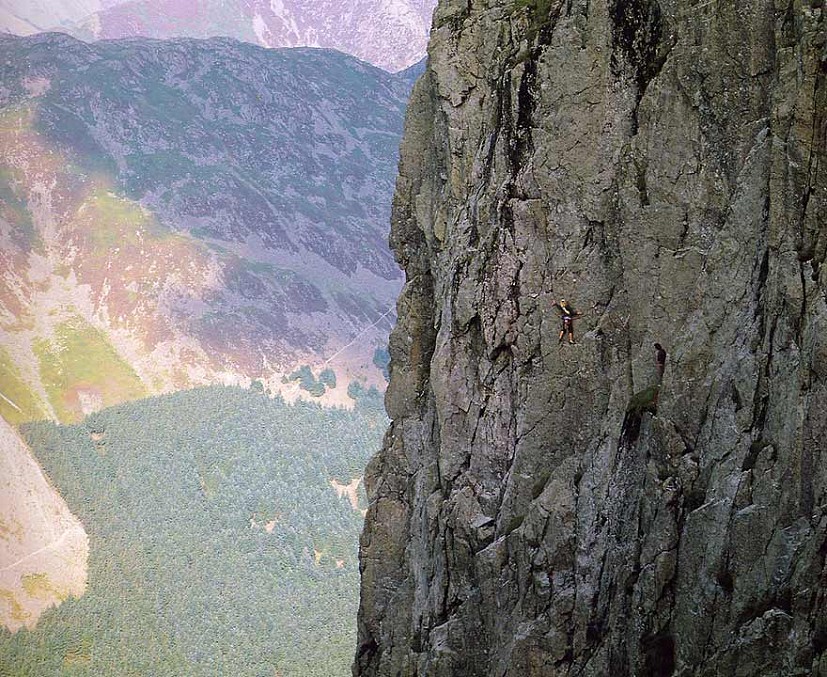



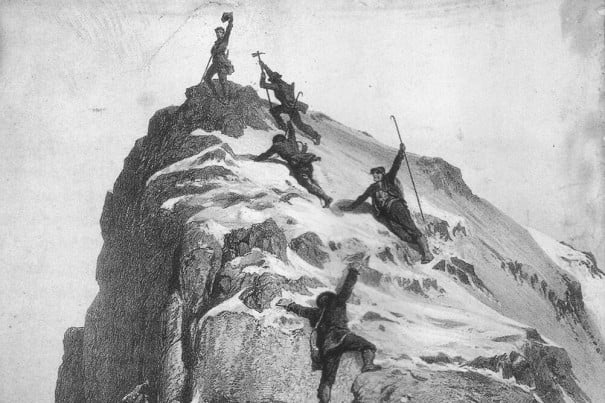

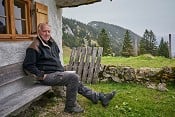
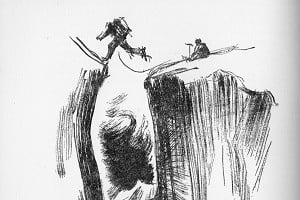

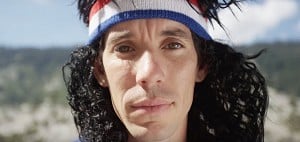

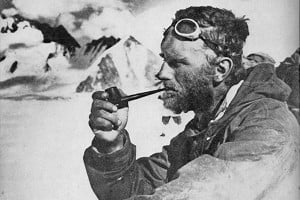

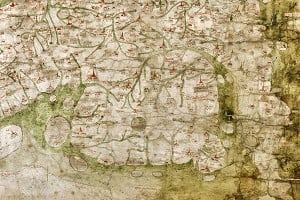
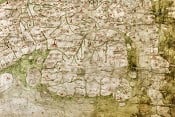

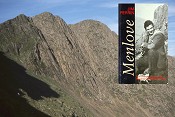
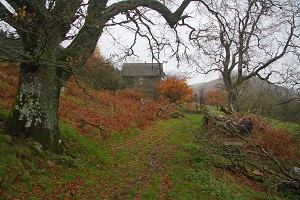
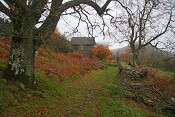
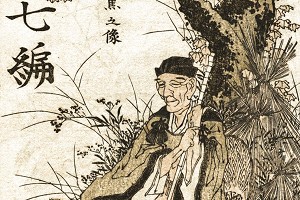
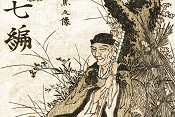
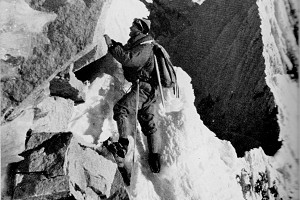
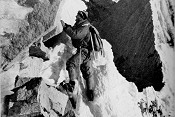
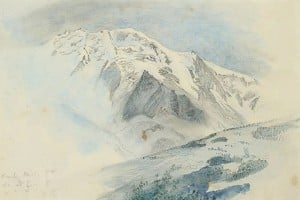
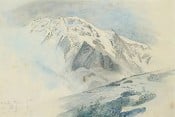
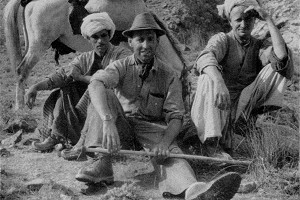
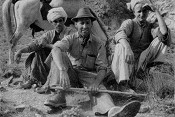
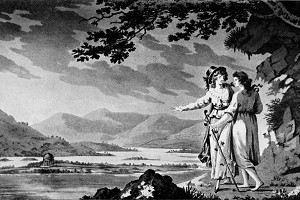
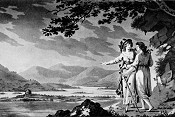
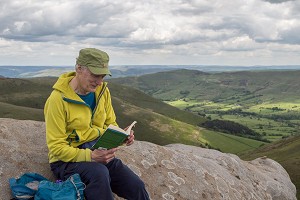
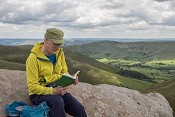
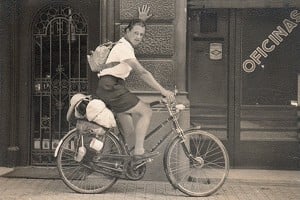
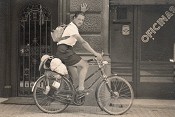
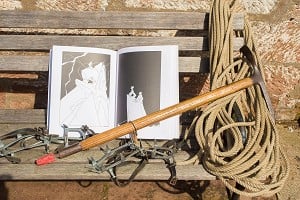

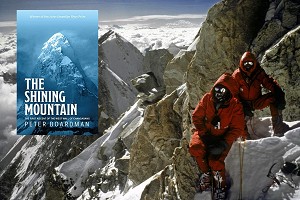



Comments
I strongly recommended Hazards Way by Roger Hubank, a fine novel about the early days of English rock climbing. Really not to be missed.
Surprised not to see Climbers by M. John Harrison in this list. A powerful and moving novel that is about climbing and, er, life, in equal measure. Semi-autobiographical, I believe, and still one of the most thoroughly authentic depictions of British (trad) climbing culture put to paper.
Also from Travanian: Shibumi. Partially about caving.
Does seven years in Tibet count?
Love that book 😎
Although Andrew Greig's "Electric Brae" contains few descriptions of actual climbing, the two main characters are both climbers and the depiction of them, their relationship and the other climbers around them rings truer than in most climbing fiction. Greig went on a couple of Himalayan expeditions with Mal Duff, Jon Tinker and co and obviously decided he liked climbers. He has us nailed, in an affectionate way. A superb book.